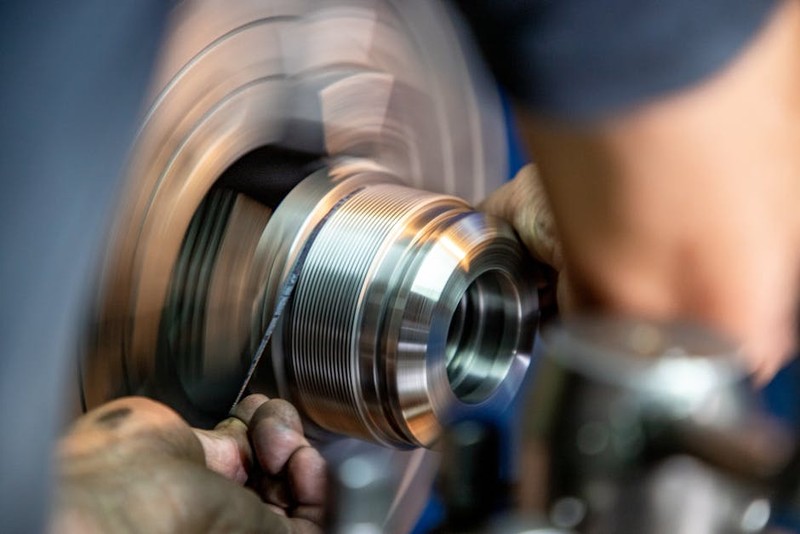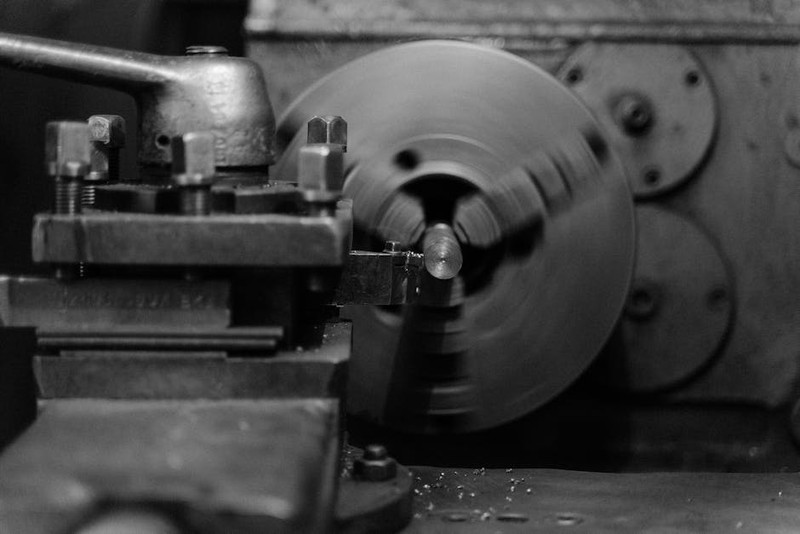The Hidden Challenge: Balancing Speed and Precision in CNC Turning Prototypes
Rapid prototyping is all about iteration—testing ideas quickly to refine designs before full-scale production. But when it comes to CNC turning, the need for speed often clashes with the demand for precision. In one project I led, a client needed 10 functional prototypes of a high-tolerance aerospace component in just two weeks. The design included thin walls, tight radii, and a complex internal thread—a nightmare for traditional machining timelines.
Why CNC Turning Struggles with Complex Prototypes
- Material Constraints: Soft metals like aluminum prototype faster but may not mimic final-product behavior.
- Toolpath Bottlenecks: Complex geometries require frequent tool changes, adding hours to machining time.
- Dimensional Instability: Heat and vibration can warp delicate features, forcing rework.
Key Insight: The biggest mistake I see is over-designing prototypes. Simplify non-critical features early to save machining time—you can always add complexity later.
Expert Strategies for Faster, Smarter CNC Turning Prototypes
1. Material Selection: The Speed vs. Fidelity Tradeoff
For rapid prototypes, material choice is critical. Here’s a comparison from a recent medical device project:
| Material | Machining Time | Cost per Unit | Dimensional Stability |
|---|---|---|---|
| 6061 Aluminum | 2.5 hrs | $45 | Moderate |
| PEEK (Thermoplastic) | 4 hrs | $120 | High |
| Titanium (Grade 5) | 6 hrs | $300 | Very High |
Lesson Learned: For early-stage prototypes, aluminum often suffices. Save exotic materials for later-stage validation.
2. Toolpath Optimization: Cutting Hours from Your Workflow
In a automotive sensor housing project, we reduced machining time by 22% by:
– Using high-feed carbide inserts for roughing passes.
– Prioritizing continuous toolpaths to minimize retractions.
– Leveraging live tooling for milling features in the same setup.
Pro Tip: Simulate toolpaths in CAM software first. I’ve caught countless collisions and inefficiencies before they wasted material.
3. Designing for Manufacturability (DFM) Early
A client once submitted a prototype design with 0.005″ tolerances across all features—unnecessary for fit checks. By relaxing tolerances on non-critical surfaces, we:
– Cut machining time by 30%.
– Reduced costs by 18%.
– Delivered prototypes a day ahead of schedule.

Actionable Takeaway: Challenge every tolerance callout. Ask: “Does this truly impact function?”

Case Study: From 3 Weeks to 5 Days—A High-Stakes Turnaround
A robotics startup needed 15 turned prototypes of a gearbox housing for investor demos. The initial design had:
– Deep internal grooves (requiring custom boring bars).
– Mixed thread sizes (M3 to M8).
– A 0.001″ concentricity requirement on the bore.
Our Solution:
1. Switched from stainless steel to 7075 aluminum for faster machining.
2. Used thread milling instead of tapping to avoid tool breakage.
3. Redesigned the groove geometry to allow standard tooling.
Results:
– Lead time dropped from 21 days to 5.
– Cost per unit fell from $280 to $175.
– The prototypes secured $2M in funding.
The Future: Hybrid Approaches for Even Faster Prototyping
Combining CNC turning with 3D printing is gaining traction. One client used printed nylon jigs to hold turned parts for secondary ops, slashing fixture costs by 40%. For ultra-rapid iterations, consider:
– Turned critical features + printed housings.
– Metal 3D printing for internal channels, then finish-turning.
Final Thought: The best rapid prototyping isn’t just fast—it’s smart. Focus on what matters most to your design’s function, and let the rest wait for production.
By applying these strategies, you’ll not only meet tight deadlines but also uncover design flaws earlier—saving time, money, and frustration down the line.
